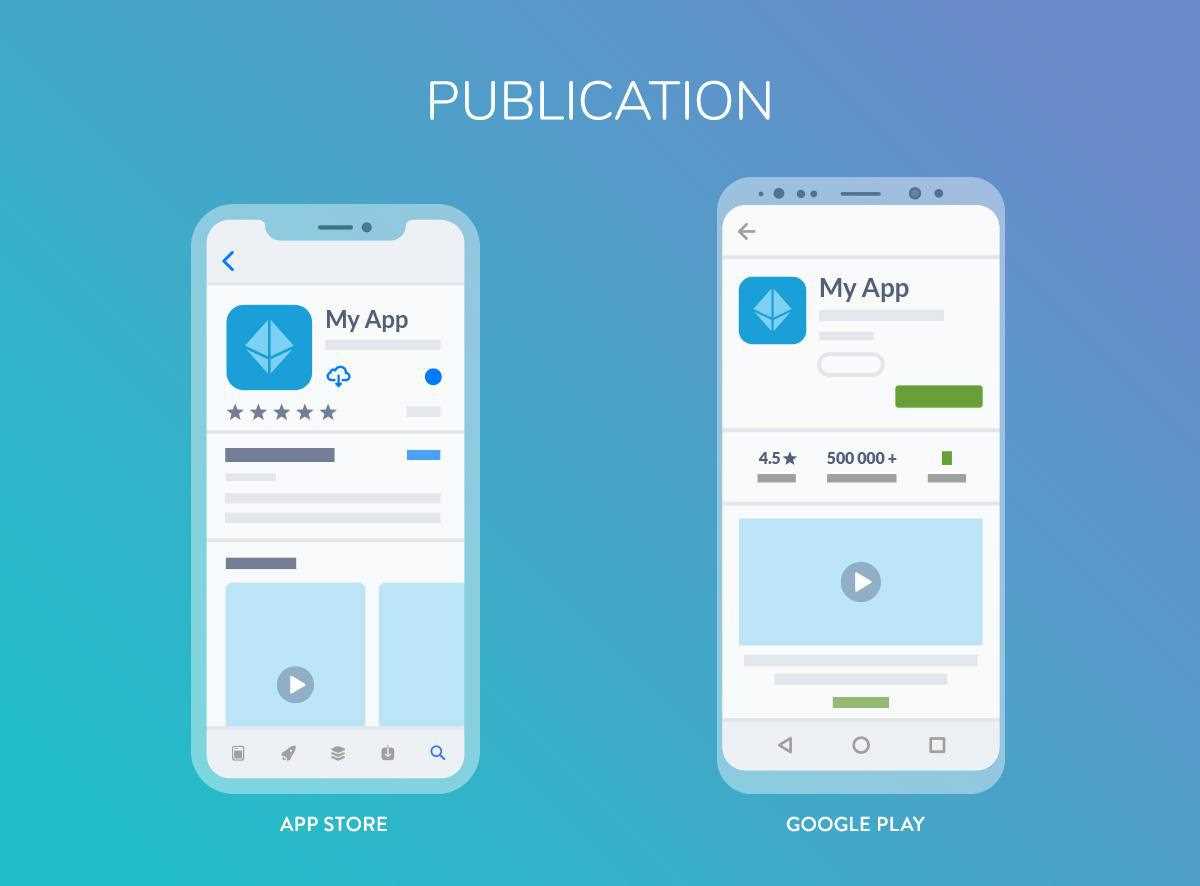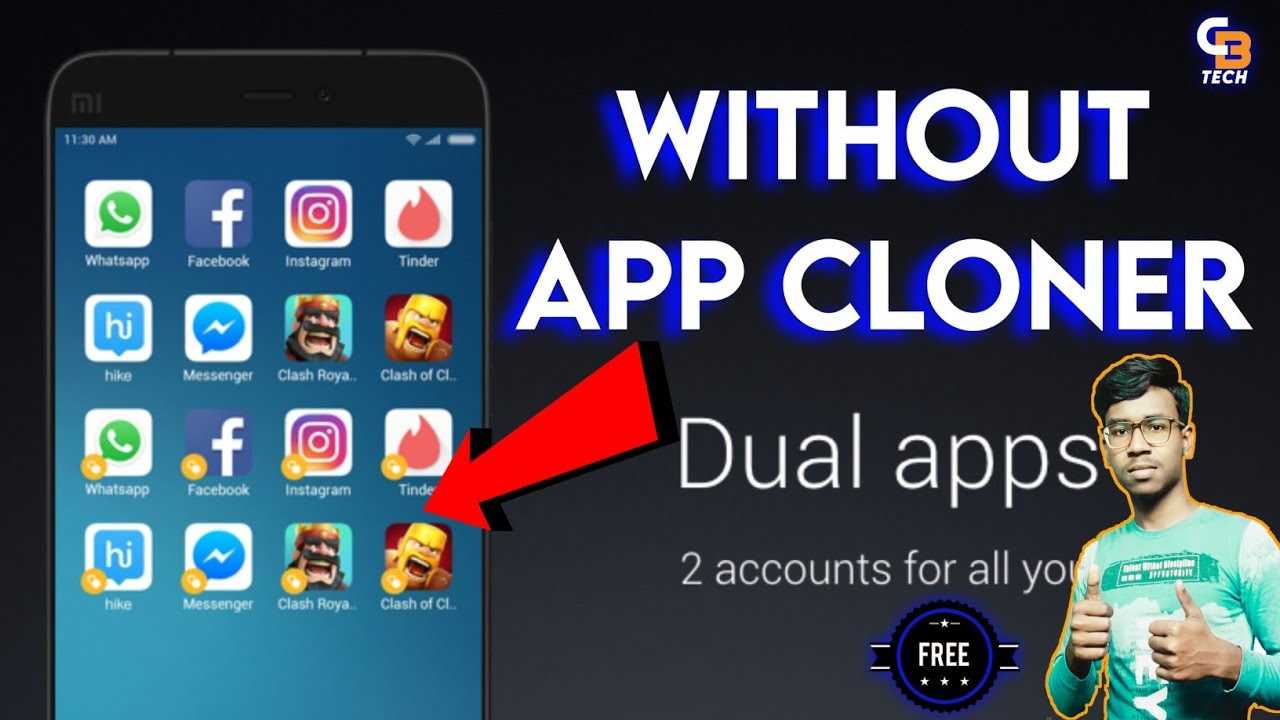
In today’s digital world, mobile apps play an important role in our daily lives. We rely on these apps for all kinds of purposes, from communication and social networking to productivity and recreation. But what happens when you want to create a faithful copy of a mobile app? Can you copy the app and turn it into your own app?
The answer is yes. You can copy an app and create an actual copy; this process, known as App Klonen, allows you to duplicate and tailor an existing mobile app to your specific needs. Whether you are creating a similar app for another platform or adding new functionality to an existing app, App Clonen provides a comfortable closure.
Replicating Apps: Create a faithful copy of your mobile app

Mobile app replication can be a necessary experience, whether you are a maker looking to learn code from an existing app or a designer looking to create a similar user interface. In this post, we will walk you through the process of simulating a mobile app and the steps needed to create a clear copy.
Step 1: Define the tasks that will play out your app
Before playing with applications, it is important to have a good idea of what you want to create a faithful copy of. Do you want to learn from the code structure, understand the fundamentals of design, or experiment with new features? Once you have a clear goal in mind, this will guide you during the replication process.
Step 2: Gather the resources you need
Next, gather all the resources needed to clone the application. This includes the original application, source code if available, design materials such as pictograms and images, and all supporting or reference documentation. The replication process will be smoother if all important sources are in one place.
Step 3: Study the Original Application
Take the time to get to know the extraordinary application thoroughly. Study the functions, user interface, and performance. Note design components, layouts, navigation systems, and any original or difficult features that may become important during the replication process. Understanding the original application from inside and outside will certainly help you make a more faithful replica.
Step 4: Analyze code structure (if available)
If you have access to the initial code of the starter application, analyze the code structure. Show how the various components are organized, how data is stored and collected, and any external libraries or frameworks used. This step is even more useful for manufacturers who want to learn from the application’s code base and gain insight into the development process.
Step 5: Design the User Interface
Based on your goals for copying the application, you can begin designing the user interface, using design tools such as Sketch or Adobe XD to create all kinds of screens and components. Note the color scheme, typography, and prominent visual style of your own app so that the replica looks as close as possible to the original.
Step 6: Model your replica app
Once your design is ready, it is time to build your replica app. Depending on your skills and focus (iOS or Android) platform, you can use these tools such as Xcode or Android Studio to code. Use the workability and functionality of your unique app as a guideline to simulate the same behavior in your replica app.
Step 7: Test and Improve
Once you have created a replica application, test it closely to ensure that it works exactly like the original application. Understand all functionality, interactions, and edges to identify potential errors and inconsistencies. Tailor the app based on the test results to ensure it is strictly consistent with the inherent app behavior and user experience.
Step 8: Deploy and Share
Once you are satisfied with your replica app, deploy and share it. If you are replicating an app with initial code that has not been closed, consider offering a separate plan for your own copy or sharing it with your own app community. On the other hand, if you are copying your own app, it is essential that you respect any copyright or license restrictions before sharing your copy.
Conclusion
Mobile application replication is a very interesting and challenging task that requires a thorough understanding of the design and functionality of the original application. By following these steps, you can create a true replica of your mobile app and gain valuable insight into the app development process.
Leave a Comment